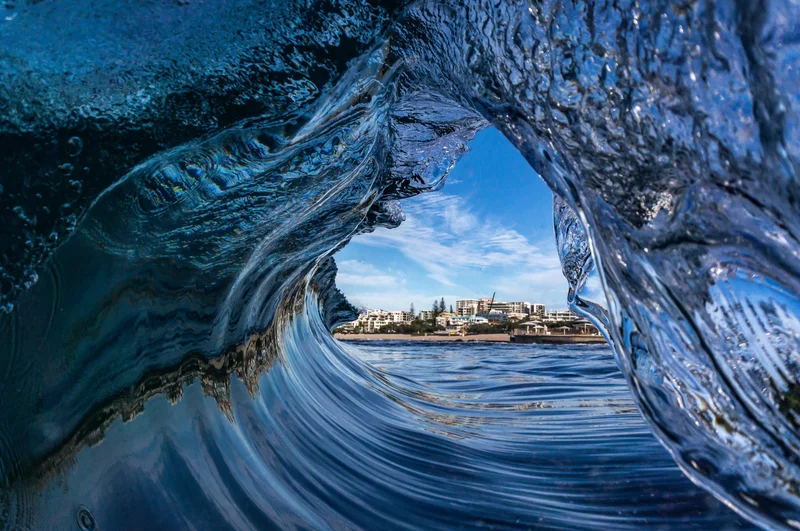Sunshine Coast better prepared for coastal hazards

Sunshine Coast Council has today (27 May) endorsed our region’s Coastal Hazard Adaptation Strategy which provides a blueprint for preparing and protecting our coastal areas and communities from coastal hazards into the future.
The strategy, known as Our Resilient Coast. Our Future has been developed in collaboration with our community and key industry groups over several years.
Sunshine Coast Council Mayor Mark Jamieson said our 60 kilometre coastline was an integral part of our Sunshine Coast identity and lifestyle.
“From the RAMSAR-listed Pumicestone Passage to our outstanding sandy beaches, we continue to admire our coastal landscape as one of our most valuable natural assets and enjoy the opportunities it affords for activities like swimming, fishing and recreation,” Mayor Jamieson said.
“Our coastal landscape is also critical for our tourism industry – an industry that represents a significant part of the regional economy and a direct and indirect generator of around 20 per cent of jobs in our region.
“In partnership with our community, our council has developed the Coastal Hazard Adaptation Strategy to better understand emerging coastal hazard risks and proactively manage the impacts on our communities, our environment and the liveability of our region.
“The strategy is a key Transformational Action of our council’s Banksia award-winning Environment and Liveability Strategy, which guides our efforts to ensure we maintain a healthy environment and liveable Sunshine Coast for current and future generations.
“It’s real action and proactive planning projects like this that will help us respond to the challenges of a changing climate and to achieve our vision for the Sunshine Coast as Australia’s most sustainable region – healthy, smart, creative.”
Environment and Liveability Portfolio Councillor Peter Cox said the Coastal Hazard Adaptation Strategy was informed by the best available science and was a collaborative effort with members of our community.
“Community input has been vital to the success of this strategy and the use of a mobile wave tank assisted our engagement efforts by helping to demonstrate different adaptation options,” Cr Cox said.
“The wave tank showed how different landforms or environments could affect waves along our coastline and provided insight into ways we can lessen the effects of coastal hazards through different management or adaptation options.
“It was a great conversation starter and visual tool to showcase the issues our Coastal Hazard Adaptation Strategy is aiming to address.
“Throughout the extensive consultation period the community shared their experiences and knowledge and helped us understand what was important to them.
“We also received valuable input from our independently chaired, 18-member Community Advisory Group – which was fundamental to the development of this strategy.”
Environment and Liveability Portfolio Councillor Maria Suarez said becoming a well-adapted and resilient community required ongoing efforts by everyone in the community.
“Our coastal zone is dynamic and always changing. Residents will be familiar with beach erosion, shifting sand and periodic inundation of low-lying areas from high tides and storm events,” Cr Suarez said.
“These natural processes are referred to as coastal hazards when they impact on how we use and enjoy the coastal area and the intensity of these hazards is increasing as we confront the impacts of climate change.
“The strategy seeks to ensure that the natural and built assets in our coastal zones are in good condition, designed appropriately, resilient to climate change impacts, and are being used sustainably.
“Council looks forward to continuing this journey together with our community as we implement the strategy and proactively plan for the future to build our resilience and enhance the liveability of the region.”
The Coastal Hazard Adaptation Strategy was a joint initiative with the Queensland Government and Local Government Association of Queensland, which supported this process by funding Queensland coastal councils through the QCoast2100 Program.
To find out more visit council website, sunshinecoast.qld.gov.au.
Last edited on:
First published on: